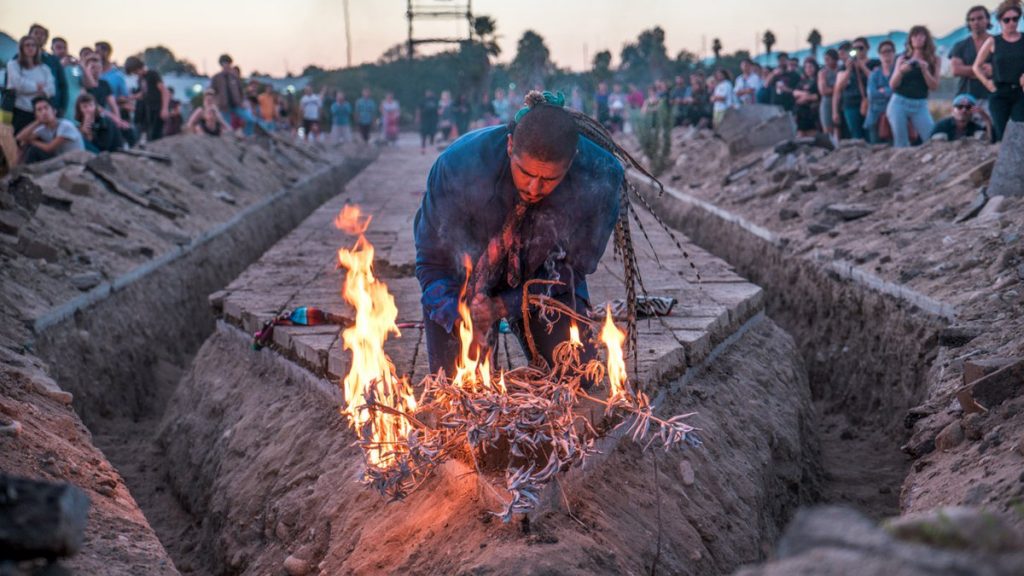Art World
Two Major U.S. Foundations Are Giving $5 Million to Latinx Artists, Who Have Long Lacked Dedicated Support
The Ford Foundation and Andrew W. Mellon Foundation will give 75 artists $50,000 each.

The Ford Foundation and Andrew W. Mellon Foundation will give 75 artists $50,000 each.

Caroline Goldstein

Two of the largest philanthropic organizations in the U.S.—the Andrew W. Mellon Foundation and the Ford Foundation—are working to address inequities facing Latinx artists with a new fellowship program.
The foundations have donated $5 million to the Latinx Artist Fellowship, which for the next five years will annually give 15 individual artists $50,000 each in unrestricted funds.
The program, which is open to artists of Latin American or Caribbean descent born or living in the U.S., has named an intergenerational cohort of emerging, mid-career, and established artists as the inaugural 15 fellows, including Celia Álvarez Muñoz, Carolina Caycedo, Adriana Corral, Coco Fusco, Yolanda López, Miguel Luciano, Guadalupe Maravilla, Carlos Martiel, and Juan Sánchez.
The initiative is part of the U.S. Latinx Art Forum (USLAF), an organization founded in 2015.
“USLAF is honored to collaborate with Ford and Mellon to continue our work of uplifting Latinx visual artists,” Adriana Zavala, director of the U.S. Latinx Art Forum, said in a statement, “especially since their long historical contributions to the American experience have been largely ignored and made invisible within the art world and academic ecosystems.”
Although Latinx people comprise the largest minority in the U.S., and account for almost 20 percent of the total population, causes supporting them typically receive less than two percent of all philanthropic funding, and annual funding has declined 35 percent per year since 2013.

Miguel Luciano, Pimp My Piragua (2009). Courtesy of the artist.
Latinx artists have also reported higher economic losses and higher unemployment rates resulting from the pandemic, according to a survey conducted by Americans for the Arts in collaboration with Artist Relief. Seventy percent of Latinx artists lost jobs due to the pandemic, compared to 60 percent of white artists, while at the same time 80 percent of Latinx artists reported an increase in unexpected costs.
“[F]or certain, the pandemic has disproportionately affected Latinx artists, as their families and communities have been hardest hit,” Rocío Aranda-Alvarado, a program officer at the Ford Foundation, told City Limits.
The fellowship is part of a three-prong Latinx Visibility Initiative, led by the Mellon and Ford Foundations in collaboration with the New York Foundation for the Arts. The second and third phases focus on institutional and academic support.
Each of the 15 fellows were selected from a pool of more than 200 nominees recommended by experts in Latinx art. The jury of art historians, scholars, and curators included Rita Gonzalez, curator and head of contemporary art at LACMA; Marcela Guerrero, associate curator at the Whitney Museum of American Art; Cesáreo Moreno, chief curator at the National Museum of Mexican Art; Rodrigo Moura, chief curator at El Museo del Barrio; Sylvia Orozco, exectuive director of Mexic-Arte Museum; Mari Carmen Ramirez, curator of Latin American Art and the Museum of Fine Arts, Houston; and art historian Yasmin Ramirez.